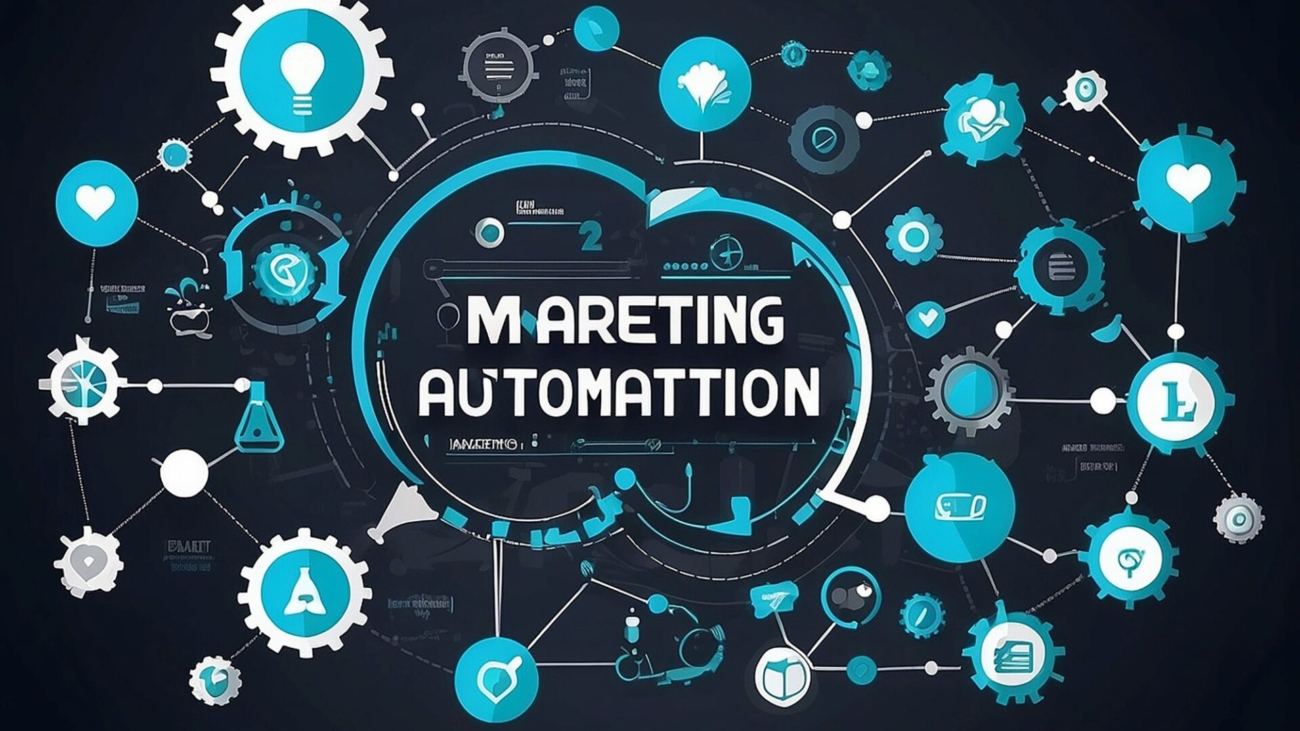Predicting customer behavior isn’t just a futuristic concept—it’s a reality that’s transforming how we think about marketing strategy. 🚀 Over the years, I’ve faced countless challenges as a digital specialist in this rapidly evolving landscape. One of the biggest? Understanding our customers’ needs before they do themselves.
I’ve worked in media and digital marketing for over two decades, and constant adaptation remains crucial. I remember the days when my team and I at Border Digital Media had to rely on intuition and limited data. It was akin to navigating a ship without a compass. Fast forward to today, and AI-driven predictive analytics is guiding us like never before.
Here’s the game-changer: Platforms like Salesforce Einstein and Adobe Sensei now allow us to anticipate customer behavior with impressive precision. From automating email timing to proposing the next best actions, AI helps us ditch guesswork for data-driven decisions. As a college professor, I frequently remind my students about the power of these tools. They don’t just streamline marketing efforts—they elevate the entire customer experience.
Key lessons I’ve learned over the years:
– **Precision is power**: AI brings a level of accuracy that surpasses human capabilities, leading to 41% improvements in customer satisfaction, according to Salesforce.
– **Proactivity over reactivity**: Anticipating customer needs enables us to act, not just react.
– **Inclusivity in tech**: Whether you’re a marketing veteran or just starting out, AI levels the playing field—offering everyone a fair shot at success.
What can you do with this power? Harness it! Explore how these tools can personalize your marketing efforts. Begin with small steps and watch how understanding customer behavior transforms your approach.
How are you incorporating predictive analytics into your marketing strategies? How has it shifted the way you connect with your audience? Let’s continue to grow and learn together. Your insights could be the next piece of wisdom someone needs to hear.










